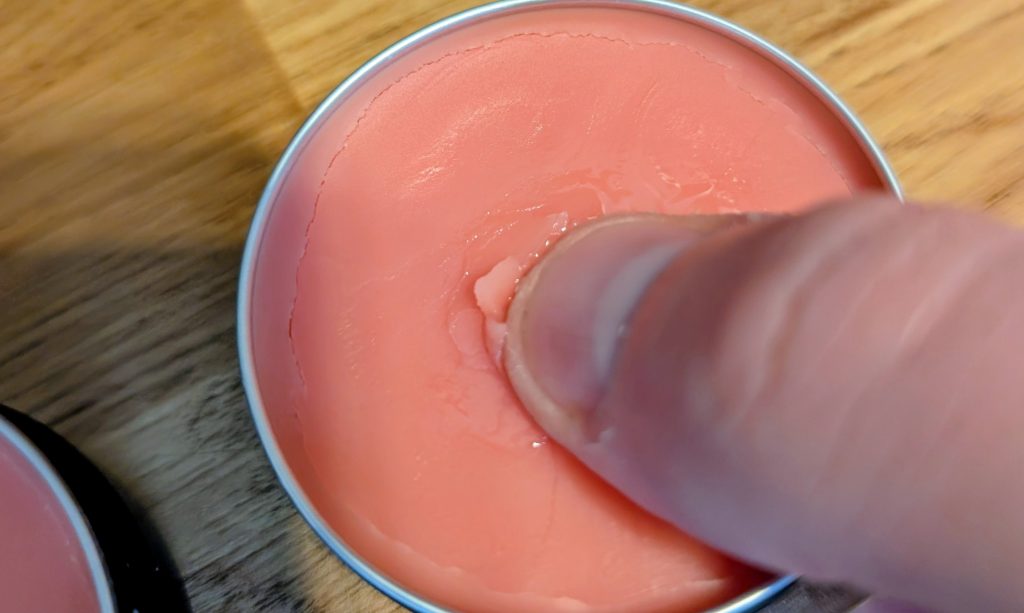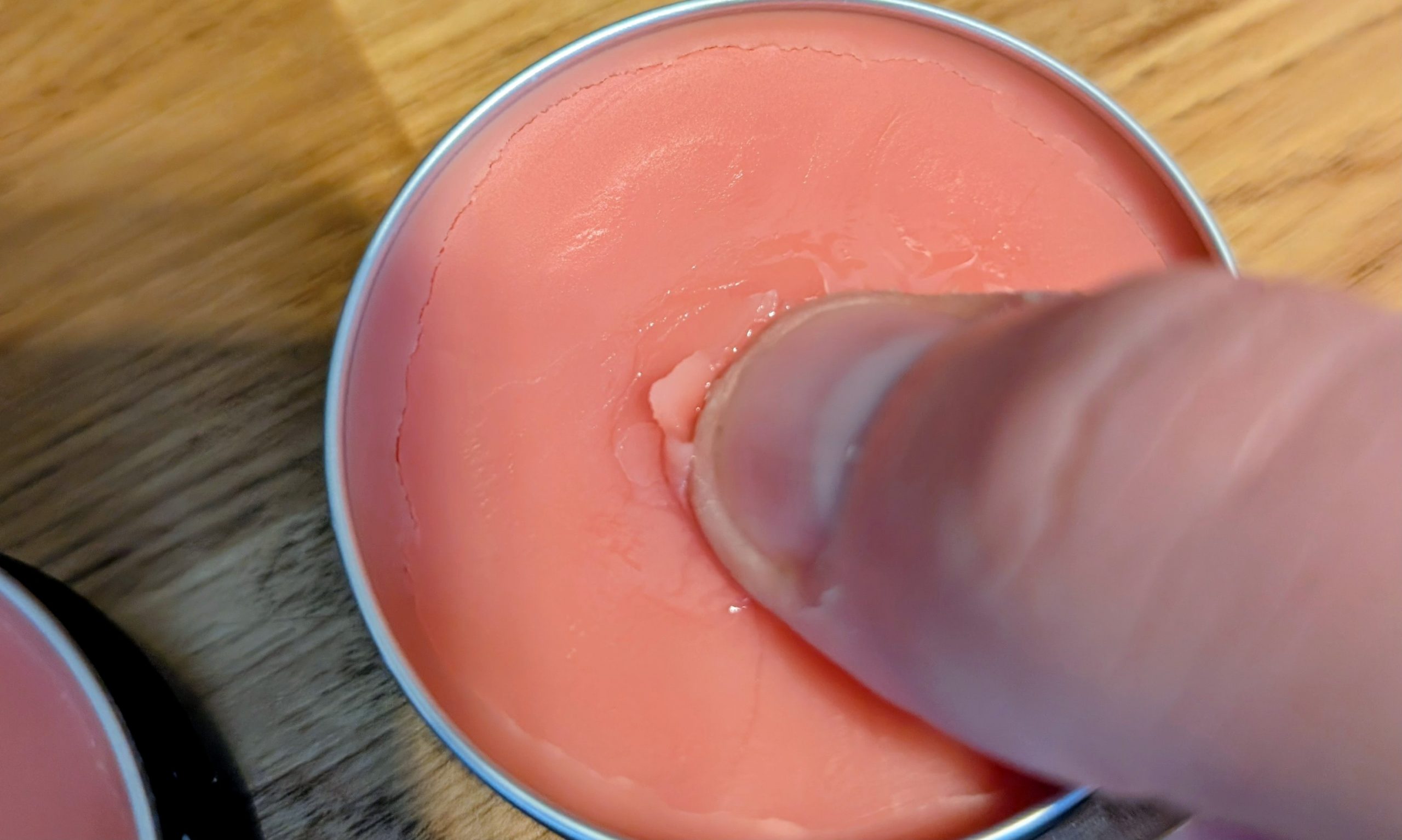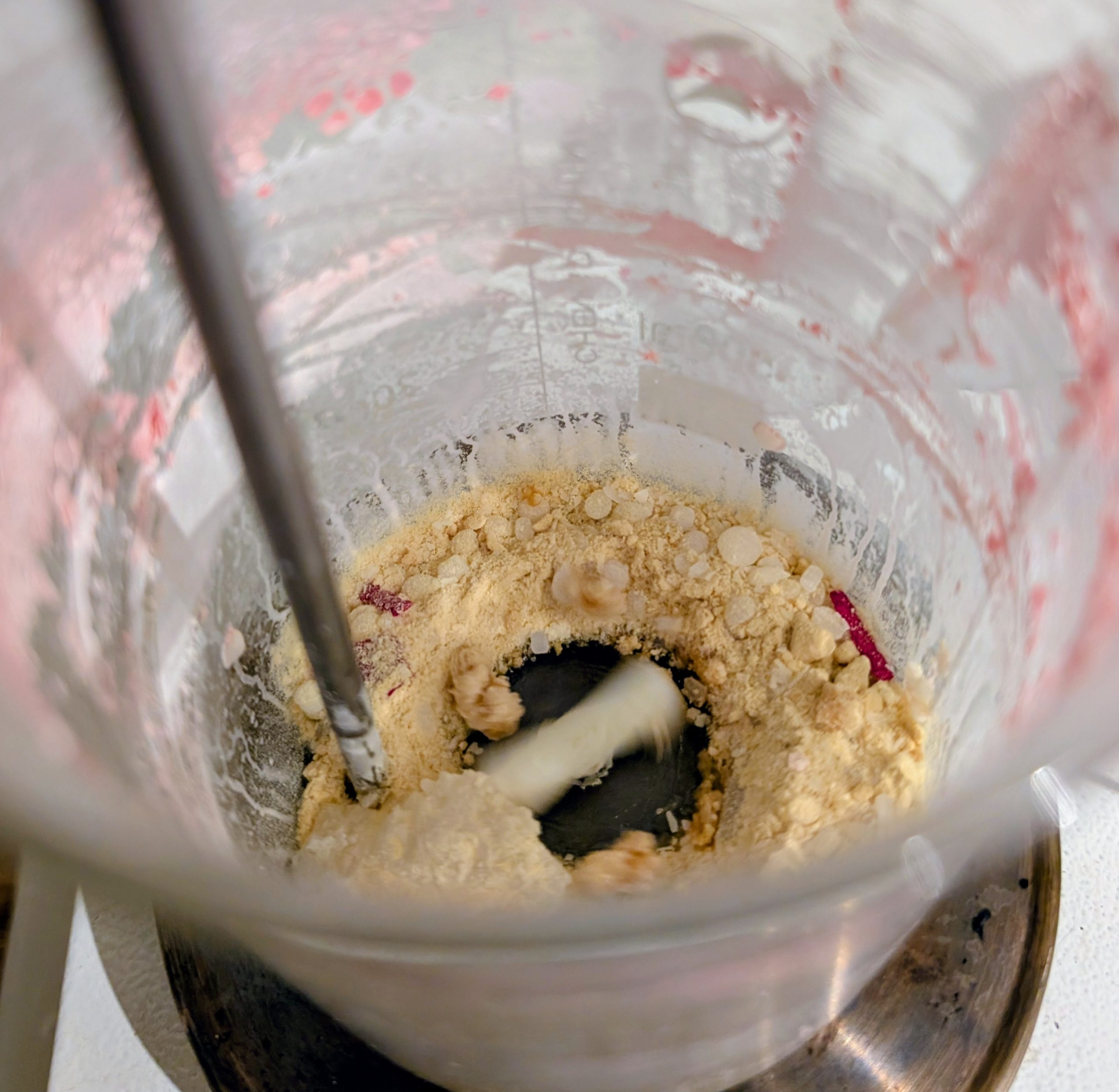
In our last post, we laid out how we designed our latest prototype wax deliberately — not by melting carnauba into solvent and calling it “heritage,” but by building a multi-wax crystalline structure supported by a layered solvent evaporation curve and a two-part organosiloxane system.
On paper, it looked balanced. In practice, the pour was clean. The surface levelled perfectly. We allowed ourselves a nod of approval.
Then we did the thing most people don’t do at this stage: we tried to hurt it.
That’s when the wax sweated like it had something to hide.
And that’s where this story really begins.
Why We Were Even Testing for Failure
Most car waxes are never tested beyond “does it look glossy and smell like citrus.” Half of them are already misbehaving in the tin before they ever reach a car.
We didn’t want to build another cosmetic coating with structural amnesia. So instead of waiting for problems to show up six months into storage, we deliberately went looking for them the moment the first test batch had cooled.
This wasn’t pessimism — it was discipline.
If we were going to be proud of the structure we built, we first had to prove it could survive pressure, gravity, and thermal stress without leaking its internal thoughts across the bench.
What Syneresis Actually Is (And Why It’s Subtle)
Syneresis is not dramatic phase separation. There’s no pooling oil slick on top. It’s more insidious — the solid structure momentarily loses its grip and expels liquid when provoked.
It doesn’t announce itself politely. It happens under pressure, on paper, in thin films — or six months after filling.
The good news is, you can force it to confess early.
Our Test Methods — If It Can Fail, We Want It to Do It Now
No chromatography. No rheometers. Just strategically applied cruelty.
1. Press Test — The Interrogation
- Let the wax cure at room temperature for at least 24 hours.
- Press hard with a thumb or spatula.
- If a wet sheen appears, you’ve triggered syneresis.
- If it disappears afterward, that isn’t forgiveness. It’s relapse.
2. Filter Paper Bleed — Solvent on the Run
- Drop ~1 g of wax on plain filter paper.
- Observe calmly like a therapist.
- If a halo forms within 1–2 minutes, the carrier phase is abandoning ship.
3. Heat Clarity Check — Compatibility or Denial
- Melt a small sample to 110–115 °C while stirring.
- If it turns fully clear, the waxes are actually dissolving.
- If it stays milky, something is only pretending to be in solution.
4. Thin Film Cooling — The Truth in Reflection
- While molten, smear the wax into as thin a film as physically possible — ideally under 0.1 mm.
- You should still see the substrate beneath. If not, it’s too thick.
- Let it cool. Then tip it under angled light.
- Smooth reflection = stability.
- Patchy bloom or oily flecks = internal disagreement.
What We Saw (And What It Told Us)
| Test | Result | Translation |
|---|---|---|
| Press Test | Liquid surfaced instantly, then reabsorbed | Matrix collapses under stress → classic syneresis |
| Filter Paper | Bleed ring in ~2 minutes | Solvent phase is unrestrained |
| Heat Clarity | Fully clear at 110 °C | No chemical incompatibility |
| Thin Film | Slight mottling on cooling | Structure borderline — phases want to migrate |
So the ingredients were fine. The architecture was not.
We had built a solvent system that evaporated correctly, a wax network that crystallised nicely, and a silicone phase that performed as expected — but the internal balance of structure vs. mobility wasn’t strong enough to contain it all under stress.
How We Rebalanced the Wax (Without Throwing It Out)
The temptation in formulation is to panic and rewrite everything. We didn’t. We made targeted corrections:
✔ Reduced the fastest solvent fraction so it couldn’t roam freely
✔ Increased the wax skeleton — a touch more carnauba, oxidised polyethylene, and microcrystalline to tighten the scaffold
✔ Raised the gel-phase (hydrophobic silica) to around 1 % so solvent had nowhere to run
Same ingredients. Slightly different proportions. Drastically better behaviour.
The Outcome
Press test? Dry.
Paper bleed? No ring.
Thin film under light? Uniform sheen.
Still spreadable. Still buffable. Still glossy.
Except this time, it wasn’t pretending to be stable — it was.
What’s Next?
Stopping syneresis was one milestone.
Now comes the real contest:
How firm can a paste wax be while still applying pleasantly?
Or in less polite terms:
“How far can we tighten the structure before the user starts swearing at it?”
That’s the next experiment. And yes — we plan to make it suffer too.


